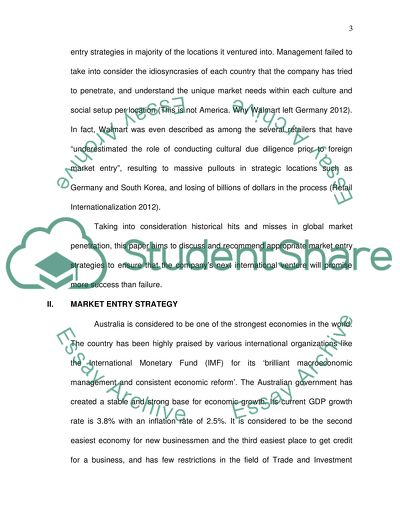Cite this document
(“Market entry plan for Walmart Essay Example | Topics and Well Written Essays - 3000 words”, n.d.)
Retrieved from https://studentshare.org/marketing/1395992-market-entry-plan-for-walmart
Retrieved from https://studentshare.org/marketing/1395992-market-entry-plan-for-walmart
(Market Entry Plan for Walmart Essay Example | Topics and Well Written Essays - 3000 Words)
https://studentshare.org/marketing/1395992-market-entry-plan-for-walmart.
https://studentshare.org/marketing/1395992-market-entry-plan-for-walmart.
“Market Entry Plan for Walmart Essay Example | Topics and Well Written Essays - 3000 Words”, n.d. https://studentshare.org/marketing/1395992-market-entry-plan-for-walmart.


